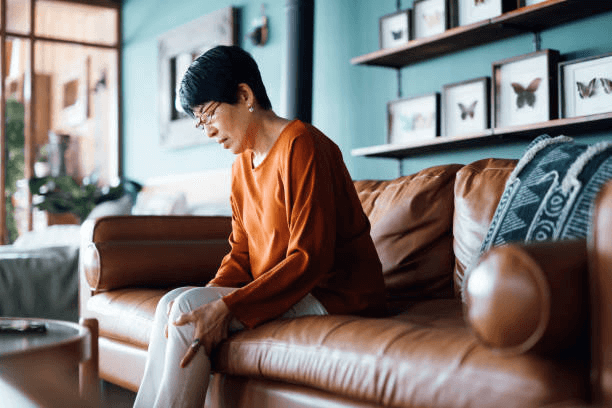
Accidents can happen anywhere, even within the supposed safety of our own homes. While we often view our homes as sanctuaries, it’s crucial to recognize the potential for personal injury within their walls. In this article, we will explore various aspects of home safety, common causes of personal injuries, and practical tips to prevent accidents and ensure the well-being of everyone under your roof.
Our homes are meant to provide comfort and security, but they can also pose risks if safety measures aren’t taken seriously. In this article, we’ll delve into the world of home and personal injury, exploring ways to minimize those risks and create a safer living environment for everyone.
Understanding Home-Related Injuries
Accidents within homes can range from minor mishaps to severe injuries. Understanding the nature of these injuries helps us identify potential danger zones and implement effective preventive measures. In more serious cases, understanding how can a personal injury lawyer help you becomes important when injuries result in medical expenses, lost income, or long-term consequences.
Common Causes of Home Injuries
Familiarizing ourselves with common causes of home injuries, such as falls, burns, and cuts, allows us to proactively address these issues. By maintaining awareness, we can better safeguard our living spaces.
Child Safety Measures
Children are particularly vulnerable to accidents at home. Implementing childproofing measures and teaching them about potential hazards are essential steps to ensure their safety.
Safety for Seniors
The elderly also face unique challenges in terms of home safety. Adapting living spaces to accommodate their needs can significantly reduce the risk of injuries.
Preventing Slips, Trips, and Falls
Slippery surfaces and cluttered areas are breeding grounds for slips, trips, and falls. We’ll explore how to eliminate these hazards and keep our homes fall-free.
Kitchen Safety
Kitchens are hotspots for burns and cuts. Learning safe cooking practices and maintaining a well-organized kitchen can go a long way in preventing kitchen-related injuries.
Bathroom Safety
Bathrooms are another area prone to accidents. Installing grab bars, using non-slip mats, and monitoring water temperature can create a safer bathroom environment.
Fire Safety
Fires can ravage homes in minutes. We’ll discuss fire prevention strategies, the importance of smoke detectors, and creating a fire escape plan.
Electrical Safety
Faulty electrical systems can lead to electrocutions and fires. Understanding basic electrical safety and regular maintenance can mitigate these risks.
Home Security and Injury Prevention
A secure home is less likely to invite trespassers and accidents. We’ll delve into home security measures that not only prevent injuries but also deter potential intruders. A personal injury lawyer (Dutch: letselschade advocaat) can help you out if you have occurred a injury during living in a rented home. A personal injury lawyer Amsterdam (Dutch: letselschade advocaat Amsterdam) or personal injury lawyer in every state can help you further.
Maintaining a Safe Outdoor Area
Safety concerns extend beyond the home’s interior. Maintaining outdoor spaces, securing fences, and proper storage of tools contribute to an overall safer environment.
First Aid Essentials
Accidents can still happen despite our best efforts. Having a well-equipped first aid kit and knowledge of basic first aid training procedures can make a critical difference.
Creating an Emergency Plan
Being prepared for emergencies is essential. Crafting a comprehensive emergency plan ensures that everyone in the household knows what to do in various crisis situations.
Conclusion
Prioritizing home safety is a responsibility we can’t afford to overlook. By following the guidelines and tips discussed in this article, you can significantly reduce the risk of personal injuries within your home.
Martin Ellis
Related posts
Stay connected
- How LoveOn Chat Is Becoming the Most Versatile AI Companion for Digital UsersThe internet keeps shifting toward hyper-personal interaction, and AI companions are at the center of this shift. What used to be simple chatbots are now evolving into emotionally aware, adaptive, and multi-functional digital partners. Among the new generation of platforms, LoveOn Chat is becoming one... The post How LoveOn Chat Is Becoming the Most Versatile […]
